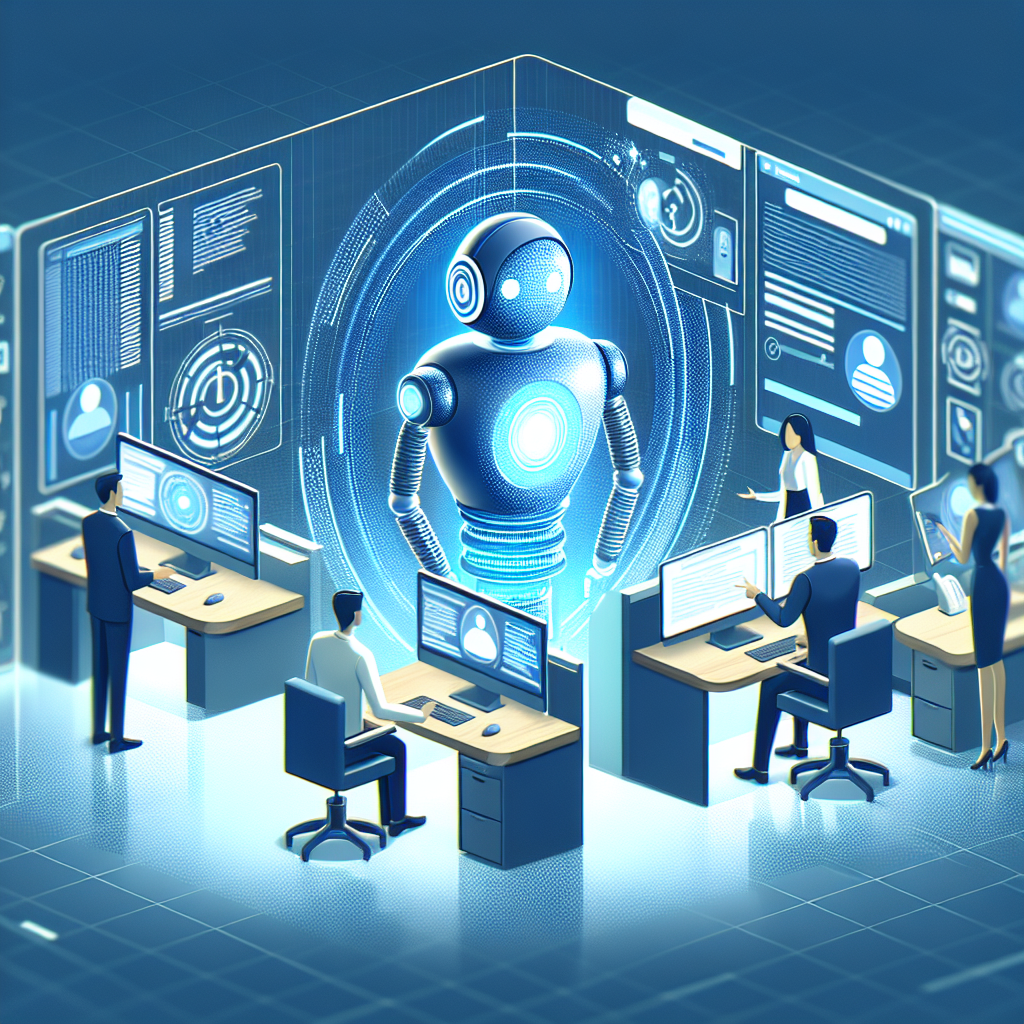In recent years, the use of AI-powered virtual assistants has been on the rise, particularly in the realm of customer service communication channels. These virtual assistants, also known as chatbots, are revolutionizing the way businesses interact with their customers by providing instant and personalized responses to inquiries and issues. In this article, we will explore the impact of AI-powered virtual assistants on customer service communication channels and discuss their potential to transform the customer service landscape.
AI-powered virtual assistants are software programs that use artificial intelligence and natural language processing to simulate human conversation. They can interact with customers in real-time through messaging platforms, websites, and mobile apps. These virtual assistants are designed to handle a wide range of customer inquiries, from simple questions about products and services to more complex issues that may require troubleshooting or assistance from a live agent.
One of the key benefits of AI-powered virtual assistants is their ability to provide round-the-clock support to customers. Unlike human agents, virtual assistants are available 24/7, allowing businesses to offer instant assistance to customers at any time of day or night. This can help improve customer satisfaction and loyalty by providing timely and efficient responses to inquiries.
Another advantage of AI-powered virtual assistants is their scalability. Virtual assistants can handle multiple customer interactions simultaneously, making it possible for businesses to support a larger volume of inquiries without the need to hire additional staff. This can help businesses reduce costs and improve efficiency by automating routine customer service tasks.
AI-powered virtual assistants also have the potential to improve the overall customer experience by providing personalized and contextually relevant responses. Virtual assistants can leverage data analytics and machine learning algorithms to understand customer preferences and behavior, allowing them to tailor their responses to each individual customer. This can help businesses build stronger relationships with customers and increase customer engagement and loyalty.
Despite the many benefits of AI-powered virtual assistants, there are some challenges and limitations to consider. Virtual assistants may struggle to understand complex or ambiguous inquiries, leading to frustration for customers. They may also lack the empathy and emotional intelligence of human agents, making it difficult to handle sensitive or emotional situations. Additionally, virtual assistants may not always be able to provide accurate or relevant information, leading to errors or misunderstandings.
To address these challenges, businesses can take steps to improve the performance of their AI-powered virtual assistants. This may include training the virtual assistant on a wider range of topics, refining its natural language processing capabilities, and integrating it with other customer service channels to provide a seamless experience for customers. Businesses can also monitor and analyze the performance of their virtual assistants to identify areas for improvement and make adjustments as needed.
In conclusion, AI-powered virtual assistants have the potential to revolutionize customer service communication channels by providing instant, personalized, and scalable support to customers. While there are challenges and limitations to consider, businesses can take steps to optimize the performance of their virtual assistants and enhance the overall customer experience. By leveraging the power of AI technology, businesses can improve customer satisfaction, increase efficiency, and build stronger relationships with their customers.
FAQs:
1. What is an AI-powered virtual assistant?
An AI-powered virtual assistant is a software program that uses artificial intelligence and natural language processing to simulate human conversation. Virtual assistants can interact with customers in real-time through messaging platforms, websites, and mobile apps, providing instant and personalized responses to inquiries and issues.
2. How can AI-powered virtual assistants improve customer service communication channels?
AI-powered virtual assistants can provide round-the-clock support to customers, handle multiple interactions simultaneously, and provide personalized and contextually relevant responses. This can help businesses improve customer satisfaction, increase efficiency, and build stronger relationships with their customers.
3. What are some challenges of using AI-powered virtual assistants?
Some challenges of using AI-powered virtual assistants include difficulty understanding complex or ambiguous inquiries, lack of empathy and emotional intelligence, and potential errors or misunderstandings in responses. Businesses can address these challenges by training and refining their virtual assistants and monitoring their performance for improvement.
4. How can businesses optimize the performance of their AI-powered virtual assistants?
Businesses can optimize the performance of their AI-powered virtual assistants by training them on a wider range of topics, refining their natural language processing capabilities, and integrating them with other customer service channels. Monitoring and analyzing the performance of virtual assistants can help identify areas for improvement and make adjustments as needed.

